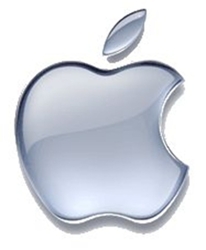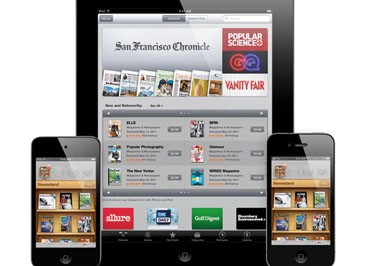 Back in February, Apple unveiled its much-anticipated subscription feature, giving digital newspapers, magazines, and other apps a consistent and easy way to sign iOS users up for recurring billing. But it came with some major caveats: Apple’s rules, which were going to go into effect at the end of the month, gave these apps very little flexibility with their pricing and how they could actually distribute their content.
Back in February, Apple unveiled its much-anticipated subscription feature, giving digital newspapers, magazines, and other apps a consistent and easy way to sign iOS users up for recurring billing. But it came with some major caveats: Apple’s rules, which were going to go into effect at the end of the month, gave these apps very little flexibility with their pricing and how they could actually distribute their content.
In particular, Apple was demanding that publishers like Time Inc and services like Netflix sell all content within the application at the same or lesser price as what it sold for outside of the application — and that they’d still have to hand over 30% of the take to Apple. The rules also seemed to affect Amazon’s Kindle platform, with Apple taking an untenable 30% on every book sold through the Kindle app.
There was a lot of controversy around the news — some said that it was a gamble that might make perfect sense for the company, others (including me), thought that Apple was being obscenely greedy. Now, nearly four months after Apple first unveiled the rules, it has quietly revised them. The changes were first pointed out in a MacRumors report, and they’re a big deal.
Here’s the old wording of the relevant section:
11.13 Apps can read or play approved content (magazines, newspapers, books, audio, music, video) that is sold outside of the app, for which Apple will not receive any portion of the revenues, provided that the same content is also offered in the app using IAP at the same price or less than it is offered outside the app. This applies to both purchased content and subscriptions.
And here’s the new section, via the MacRumors report:
11.14 Apps can read or play approved content (specifically magazines, newspapers, books, audio, music, and video) that is subscribed to or purchased outside of the app, as long as there is no button or external link in the app to purchase the approved content. Apple will not receive any portion of the revenues for approved content that is subscribed to or purchased outside of the app.
So what does this mean? Companies like Netflix and periodicals like Time can now encourage their users to sign up for subscriptions from their websites, and then direct users to download their iOS applications afterward, thereby bypassing the 30% fee.
Granted, Apple is explicitly forbidding applications from including a ‘buy’ button within the apps themselves that link to an external payment flow, but this is still a big improvement. And those applications that do want to take advantage of in-app purchases can now adjust their pricing to take Apple’s 30% fee into account.
The news comes after several publications like the Financial Times have opted to go web-only as a way to work around Apple’s subscription rules. And I’m sure plenty of apps and publishers have already been prompted to started developing for Google’s more open Android platform.
This isn’t the first time Apple has had to backtrack on highly controversial rules that it’s tried to impose on iOS developers. Last year, it heavily restricted the tools that developers were allowed to use to build iOS applications (including blocking apps that used of Adoble’s Flash->iOS app converter). Several months later, it reversed the policies. And who can forget the Google Voice fiasco, which banned Google’s app for “reproducing existing functionality” only to admit it into the App Store over a year later.
